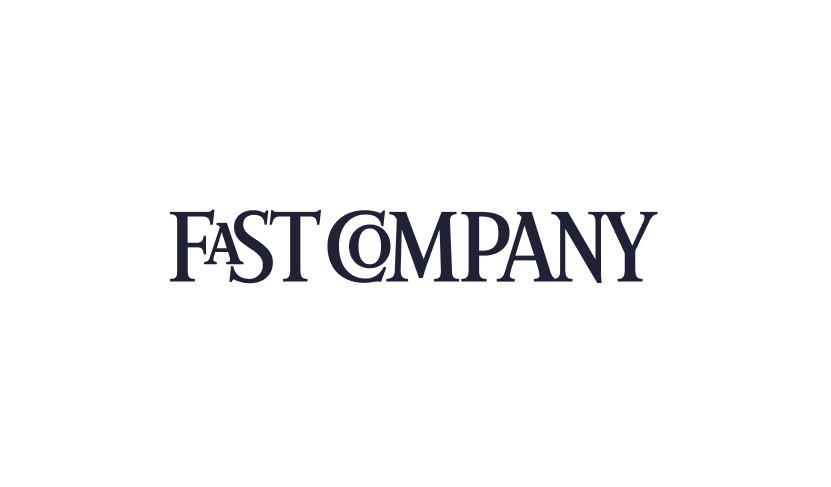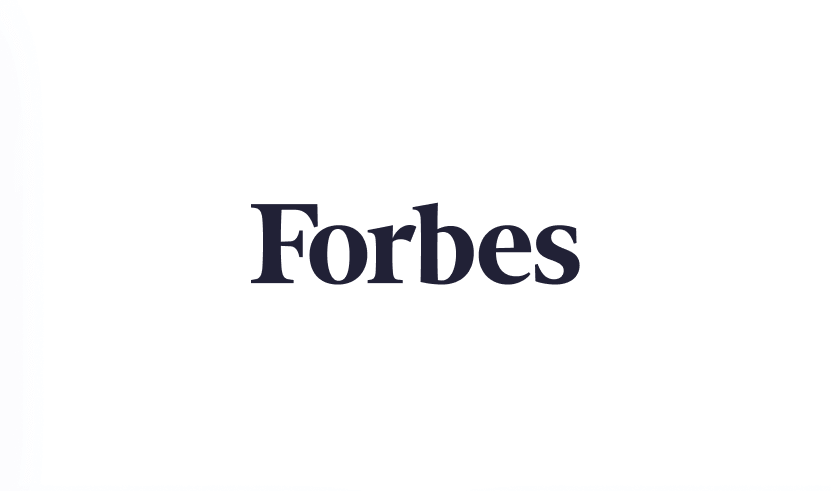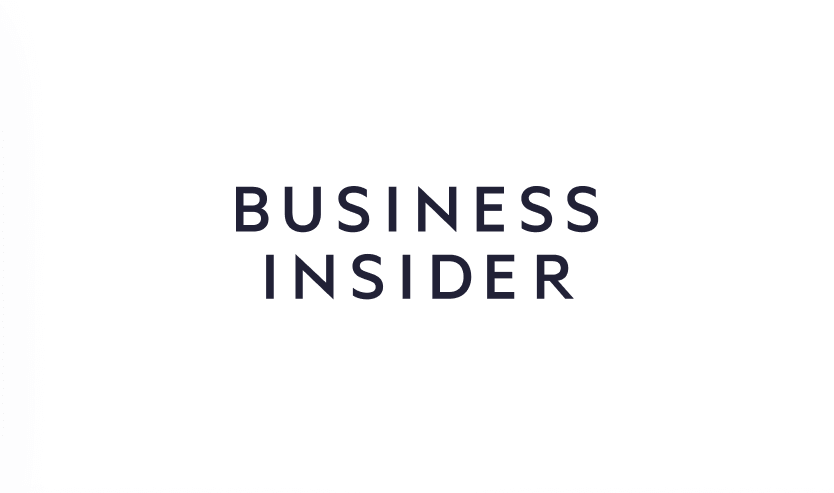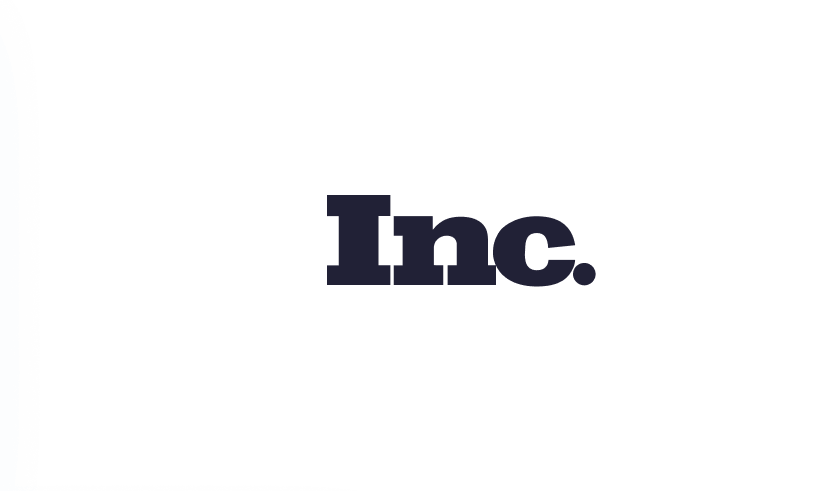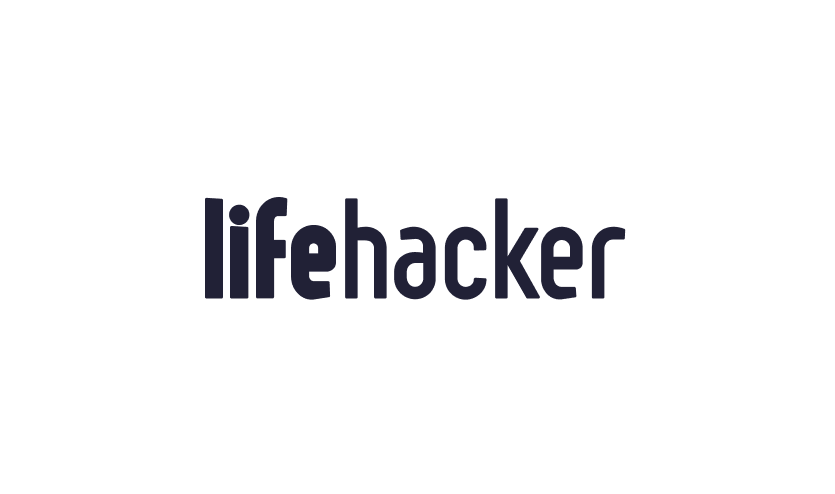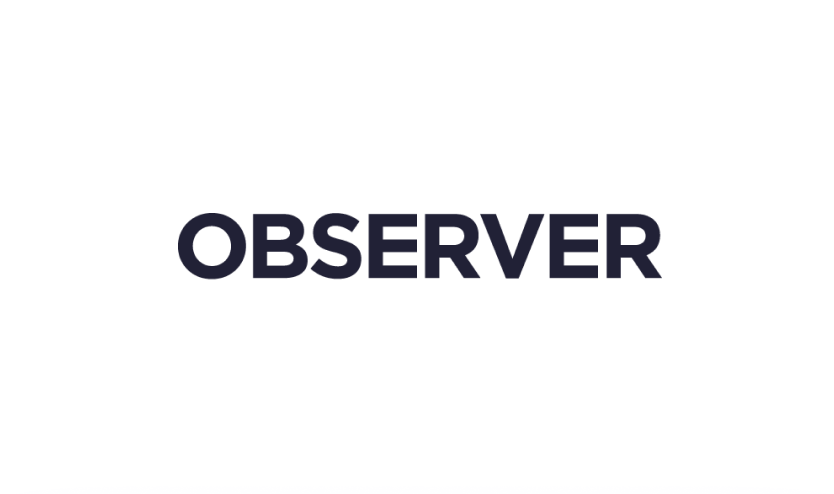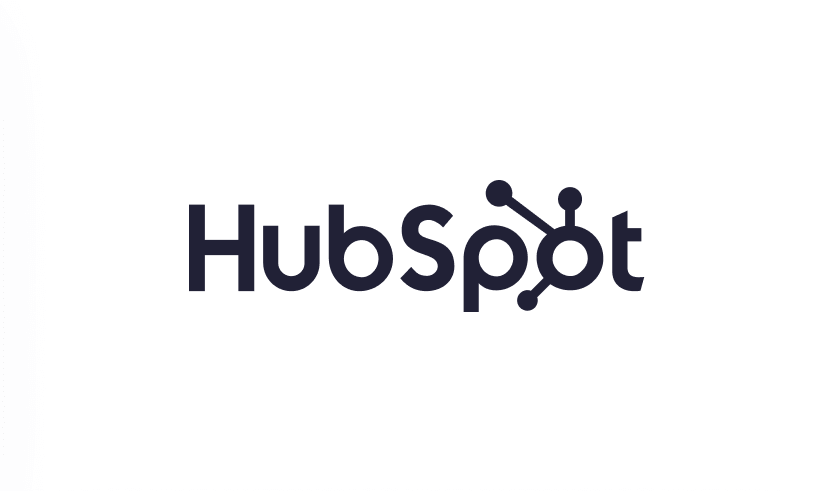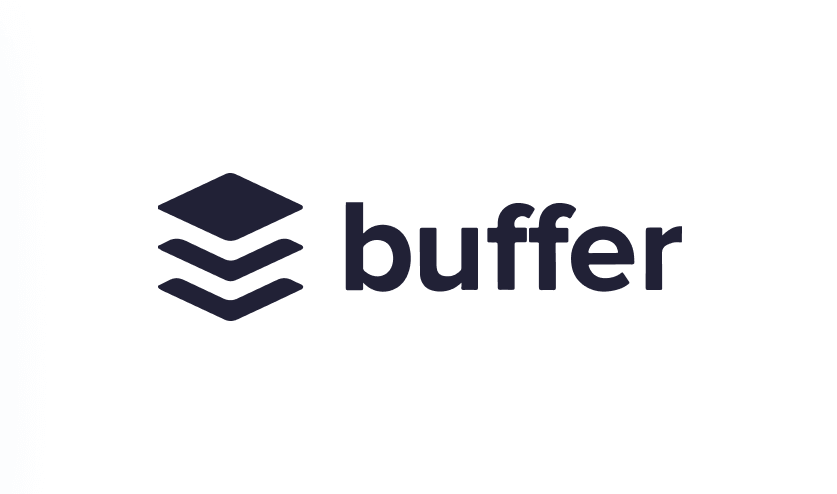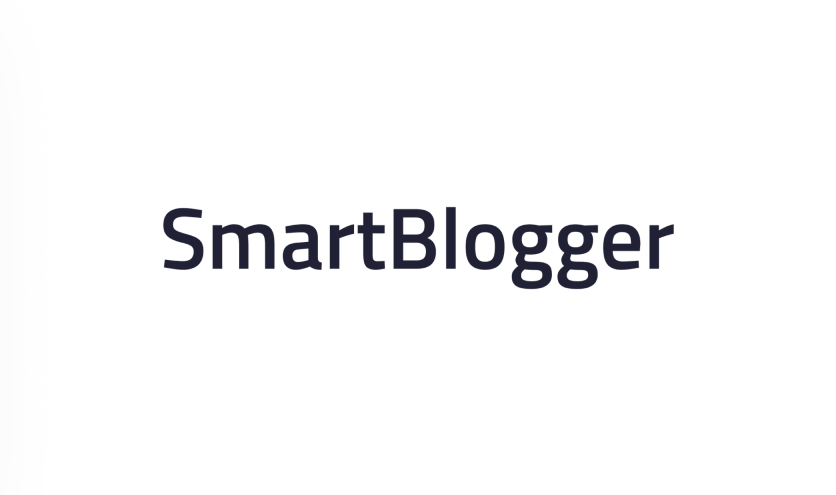Top Good Email Examples to Boost Your Marketing Efforts
Most marketing emails are deleted on sight. It's a common frustration for brands that see low open rates and lackluster clicks despite their best efforts.The problem isn't that email is dead; it's that the average approach is broken. Sending generic campaigns to your entire list simply doesn't work anymore. To succeed, you need better email copywriting. Sending generic, one-size-fits-all campaigns to your entire list simply doesn't work anymore. Sending more emails is not the answer, sending smarter emails is.
This is where a deep understanding of strategy becomes your biggest advantage. To help you build that, this guide moves beyond a simple gallery of screenshots. We will perform a strategic teardown of eight truly good email copywriting examples from powerhouse brands like Airbnb, Spotify, and Casper. For each one, we will dissect the specific psychology, design choices, and copywriting formulas that drive their success. You will see the behind-the-scenes thinking that turns a simple message into a revenue-generating asset.
You won't just see what they did; you'll understand the critical why behind every element. More importantly, you'll get actionable, replicable tactics that you can immediately apply to your own welcome series, promotional campaigns, and abandoned cart flows. It's time to transform your emails from ignored to indispensable.
1. BuzzFeed's Personalized Newsletter
Image Source: https://www.buzzfeed.com/newsletters
BuzzFeed has mastered the art of the personalized newsletter, transforming a simple communication channel into a powerful engagement engine. Their approach is a masterclass in using data to create a one-to-one feel at scale. Instead of blasting the same content to everyone, they leverage user behavior, from quiz results to article clicks, to deliver a curated digest that feels uniquely relevant to each subscriber. This makes their campaigns stand out as particularly good email newsletter examples in a crowded inbox.
Strategic Analysis
The core of BuzzFeed's success lies in its sophisticated segmentation and signature brand voice. By tracking what content a user engages with, they can dynamically populate newsletters with similar articles, quizzes, and product recommendations. This creates a hyper-relevant experience that drives high click-through rates. Their famously casual, meme-savvy, and conversational tone makes the email feel less like a marketing message and more like a daily update from a witty, in-the-know friend. This combination builds a loyal readership that actively anticipates their emails.
Actionable Takeaways
To replicate BuzzFeed's success, focus on deep personalization and authentic communication. For those looking to build a similarly powerful system, you can explore the fundamentals of a high-performing email newsletter to get started.
Leverage User Data: Use purchase history, browsing behavior, and on-site interactions to segment your audience. Send targeted content and product suggestions based on these established interests.
Maintain a Consistent Voice: Define your brand's personality and stick to it. Whether you're witty, professional, or inspirational, consistency builds trust and recognition.
Mix Content Types: Don't just sell. Include valuable and entertaining content like blog posts, user-generated content, or interactive elements like polls to keep your audience engaged.
Test Relentlessly: Continuously A/B test your subject lines, content formats, and send times to optimize open rates and engagement metrics.
2. Airbnb's Booking Confirmation Email
Image Source: https://cdn.eniston.com/bases/bc035352-b1ce-4e95-ba65-2f4b77bdd3b7/attachments/parsed_1658510529.jpg
Airbnb transforms a standard transactional email into a cornerstone of the customer experience. Their booking confirmations are masterfully designed to reduce post-purchase anxiety, provide essential information with crystal clarity, and build genuine excitement for an upcoming trip. Instead of a simple receipt, they deliver a complete pre-travel resource that builds immense trust and anticipation, making them stellar transactional email examples.
Strategic Analysis
The strategy behind Airbnb's email is rooted in user empathy and proactive service. They understand that booking a trip involves a mix of excitement and stress. Their emails directly address this by centralizing all critical information-address, host contact, check-in times, and reservation details-into a clean, easily scannable format. This functional design is then enhanced with value-added content like links to house rules, neighborhood guides, and a clear timeline of the trip, turning a moment of transaction into the beginning of an experience.
Actionable Takeaways
To mirror Airbnb's customer-centric approach, focus on turning your confirmations from mere receipts into valuable, reassuring resources. For a deeper dive into crafting the perfect confirmation message, you can explore the essential elements of a powerful order confirmation email to elevate your customer experience.
Centralize Critical Information: Consolidate all essential details like order numbers, shipping addresses, and contact info into one place. This prevents customer confusion and reduces inbound support queries.
Design for Scannability: Use a clear visual hierarchy with icons, bold headers, and distinct sections. This allows customers to quickly scan the email and find the specific information they need without effort.
Define Clear Next Steps: Explicitly tell the customer what to expect or do next. Use clear calls-to-action like "Track Your Package," "View Your Itinerary," or "Contact Support."
Add Contextual Value: Go beyond the transaction by including helpful, related content. This could be care instructions for a product, setup guides, or tips for getting the most out of their purchase.
3. Morning Brew's Daily Newsletter
Image Source: https://www.paved.com/blog/wp-content/uploads/2021/05/MorningBrew_-1600x910.png
Morning Brew has fundamentally reshaped the business newsletter landscape by making dense financial news both digestible and entertaining. They successfully targeted a millennial audience by stripping away dry, formal language and injecting humor, wit, and cultural relevance into their daily sends. The result is a highly anticipated email that feels more like a smart, funny briefing from a friend than a traditional news source, making it one of the most effective daily email examples available.
Strategic Analysis
The genius of Morning Brew's strategy is its powerful combination of content, voice, and consistency. They mastered the art of "infotainment" by breaking down complex market trends and business stories into quick, scannable snippets. This format respects the reader's time while still delivering substantial value. Their unique, conversational brand voice creates a strong connection with subscribers, building a loyal community that trusts their perspective and looks forward to their daily delivery.
This consistency is key; by arriving in inboxes at the same time every weekday, Morning Brew becomes an integral part of their readers' morning routine. The email’s structure, with clear sections, bolded keywords, and clever subheadings, is meticulously designed for quick consumption on any device. This predictable yet engaging format has fueled explosive organic growth, primarily through a powerful built-in referral program that turns readers into evangelists.
Actionable Takeaways
To emulate Morning Brew's habit-forming success, focus on creating a consistent and enjoyable content experience that becomes part of your audience's daily life.
Establish a Consistent Cadence: A predictable publishing schedule (daily, weekly) builds anticipation and turns your newsletter into a reader habit. Consistency is the foundation of subscriber loyalty.
Develop a Distinctive Voice: Don't be afraid to show personality. Infuse your copy with a unique tone, whether it's humorous, authoritative, or inspirational, to stand out and build a real connection.
Prioritize Scannability: Structure your emails for easy reading. Use short paragraphs, bold text, bullet points, and clear headings to help readers quickly digest the most important information.
Incorporate Community Elements: Encourage engagement with elements like trivia, polls, or a referral program. Making your readers feel like part of a community can dramatically increase loyalty and sharing.
4. Spotify's Year-End Wrapped Campaign
Spotify's annual "Wrapped" campaign has transcended email marketing to become a cultural event, demonstrating the immense power of data-driven storytelling. It packages a user's listening data from the past year into a vibrant, personalized, and highly shareable summary of their unique audio journey. By transforming raw data into an emotional narrative of top songs, artists, and habits, Spotify provides one of the most effective data-driven email examples in the digital landscape.
The following bar chart visualizes the campaign's incredible impact, highlighting key performance indicators that marketers strive for.
This data underscores the campaign's success, revealing how deep personalization directly fuels both initial engagement and viral organic reach through social sharing.
Strategic Analysis
The genius of Spotify Wrapped lies in its use of hyper-personalization as a catalyst for social validation. The campaign isn't just an email; it's an integrated experience that starts with teasers, directs users to a captivating in-app story, and provides pre-made, aesthetically pleasing social media assets. This multi-touchpoint strategy makes sharing effortless and desirable. By focusing on "ego bait," content that reflects positively on the user's identity and taste, Spotify gives its audience a reason to become brand advocates, generating millions of impressions and reinforcing user loyalty.
Actionable Takeaways
To emulate the success of Wrapped, brands must think beyond generic personalization and focus on creating unique, data-fueled narratives for their customers.
Create Hyper-Personalized Narratives: Use customer data, such as purchase history or engagement patterns, to build an annual or milestone-based summary. Frame it as a celebration of their unique journey with your brand.
Design for Shareability: Don't just present data; visualize it in a beautiful, easily digestible format. Create assets like custom graphics or badges that users are proud to share on social platforms.
Build Anticipation with Teasers: Treat your campaign like a product launch. Use teaser emails and social media posts to build excitement and curiosity in the weeks leading up to the main event.
Orchestrate an Omni-Channel Launch: Ensure your message is consistent across all channels. The email should be a gateway to a richer experience on your website, app, or social media pages to maximize engagement.
5. Casper's Abandoned Cart Recovery Email
Image Source: https://apps.shopify.com/cross-device-cart
Casper transformed the high-stakes, high-anxiety process of buying a mattress online by turning their abandoned cart flow into a reassuring, value-driven conversation. Instead of a simple "You left something behind!" reminder, their emails address the core hesitations of the purchase. This empathetic approach provides a helpful, pressure-free experience that masterfully guides customers back to their cart, making their sequence one of the most effective abandoned cart email examples in the direct-to-consumer space.
Strategic Analysis
The genius of Casper's strategy lies in its deep understanding of the customer's psychology for a high-consideration purchase. They recognize that a customer abandoning a mattress cart isn't forgetful; they are likely hesitant or seeking more information. Casper’s multi-email sequence is designed to dismantle these barriers over time. The first email is a soft reminder, but subsequent messages introduce social proof with customer reviews, educate the buyer on their 100-night trial, and address common concerns head-on. This proactive objection handling builds immense trust and makes the customer feel supported rather than sold to. By shifting the focus from "buy now" to "we're here to help," Casper nurtures the lead toward a confident purchase decision.
Actionable Takeaways
To replicate Casper's success, you must treat your abandoned cart flow as a customer service opportunity, not just a sales tool. You can begin building your own effective nurture sequence by learning about the three essential abandoned email flows that convert hesitant buyers.
Address Common Purchase Objections: Identify the top 2-3 reasons customers hesitate to buy your product. Dedicate parts of your email sequence to proactively answering these questions, just as Casper does with its sleep trial and return policy.
Provide Value Beyond a Discount: While an offer can be effective, lead with value first. Include links to educational content, buying guides, or customer testimonials to help the user make a more informed decision.
Use a Multi-Email Sequence: A single reminder is easily ignored. Develop a timed series of emails. A common flow is a 1-hour reminder, a 24-hour follow-up with social proof, and a 3-day or 7-day follow-up with a final incentive or FAQ summary.
Incorporate Powerful Social Proof: Feature direct quotes and star ratings from happy customers. Seeing that others have purchased and loved the product is one of the most powerful tools for overcoming final purchase anxiety.
6. Grammarly's Weekly Writing Insights
Grammarly's weekly digest email is a brilliant example of turning user data into a retention-driving tool. Instead of a generic newsletter, Grammarly sends a personalized report summarizing a user's activity with metrics like words written, productivity, and top mistakes. This strategy provides tangible value, making users feel accomplished and aware of their progress. By showcasing personal achievements, these emails reinforce the product's indispensability, making them some of the most effective SaaS email examples for customer retention.
Strategic Analysis
The strategic genius behind this email lies in its use of gamification and positive reinforcement. By presenting writing stats as achievements, Grammarly creates a powerful feedback loop that encourages consistent use. The email isn't a sales pitch; it's a personalized progress report. This data-driven approach frames the tool as a helpful partner in the user's writing journey, subtly proving the product's value every week by showing, not just telling, users how it helps them improve and fostering long-term loyalty.
Actionable Takeaways
To replicate Grammarly's success, focus on turning user data into a source of value and motivation. The key is building a positive feedback loop that keeps users engaged with your platform.
Celebrate User Achievements: Frame user data in a positive light. Focus on progress, milestones, and accomplishments rather than just pointing out problems or areas for improvement.
Visualize Data for Impact: Use simple charts, graphs, and bold numbers to make statistics easy to digest and visually engaging. This makes the data feel more significant and shareable.
Provide Contextual Benchmarks: Make stats meaningful by comparing them to past performance or an anonymized user average, such as "You were more productive than 80% of users."
Offer Actionable Tips: Link insights back to your product. After showing a user a common mistake, provide a quick tip or resource that helps them avoid it in the future.
7. Everlane's Transparency-Focused Product Launch
Image Source: https://d3.harvard.edu/platform-rctom/submission/everlane-building-a-business-on-radical-transparency/
Everlane has built its entire brand on the concept of "radical transparency," and its product launch emails are a direct reflection of this ethos. They don't just announce a new sweater or pair of jeans; they deconstruct the entire process for the consumer. By detailing everything from the cost of materials and labor to the factory where it was made, they educate their audience and build immense trust. This storytelling approach makes their campaigns some of the most effective product launch email examples for transparent brands to connect with conscious consumers.
Strategic Analysis
The strategy behind Everlane's emails is to shift the customer relationship from transactional to values-aligned. By revealing the "true cost" of their products, they challenge the traditional retail model and position themselves as an honest alternative. This transparency isn't just a gimmick; it's a core brand pillar that resonates deeply with consumers concerned about ethical production and sustainability. Each email reinforces this brand promise, turning a simple product launch into a powerful statement about their values and building a loyal community that buys into the mission, not just the product.
Actionable Takeaways
To emulate Everlane's trust-building strategy, focus on genuine transparency and compelling storytelling. The goal is to educate your customers and invite them behind the curtain, making them part of your brand's journey.
Reveal Your Costs: If possible, provide a simplified breakdown of your product costs. Show customers the value they are getting by highlighting materials, labor, and transportation.
Tell the Origin Story: Don't just show the final product. Use high-quality photos and videos to introduce the factories, the makers, and the raw materials involved in its creation.
Connect Transparency to Value: Clearly explain how your transparent practices benefit the customer. This could be through higher quality, ethical production, or a lower environmental footprint.
Be Consistent and Authentic: Transparency cannot be a one-off campaign. It must be woven into your brand's DNA and reflected across all communications to be believable and effective.
8. Warby Parker's Virtual Try-On Follow-Up
Image Source: https://www.mediapost.com/publications/article/331508/warby-parker-adds-ar-try-on-feature-to-mobile-app.html
Warby Parker brilliantly bridges the gap between digital convenience and the personalized touch of an in-store visit. After a customer uses their Virtual Try-On tool, the brand sends a follow-up email that is far more than a simple reminder. It’s a carefully crafted communication that leverages data to build confidence and guide the customer toward a purchase. These emails showcase the frames the user "tried on," effectively turning their browsing history into a personalized shopping cart, making them truly good e-commerce email examples for any e-commerce brand.
Strategic Analysis
The strategy behind this email sequence is rooted in proactive customer service and sales psychology. By immediately sending a summary of the virtually tested frames, Warby Parker keeps the products top-of-mind and simplifies the decision-making process. The email doesn't just show pictures; it often includes links to order, find an in-store location, or even sign up for their Home Try-On program. This multi-path approach acknowledges that different customers have different comfort levels with buying eyewear online and provides a solution for each, effectively removing friction and preemptively handling objections.
Actionable Takeaways
To emulate Warby Parker’s thoughtful follow-up strategy, focus on using technology to create a helpful, human-centric experience. This approach turns a one-time interaction into a supportive customer journey.
Use Technology Data: Leverage information from on-site tools like quizzes or virtual try-ons to send highly personalized and relevant follow-up content. Remind users what they liked.
Address Concerns Proactively: Anticipate common questions about fit, prescriptions, or returns. Include links to FAQs, customer service, or detailed guides directly in your email to build trust.
Provide Multiple Paths to Purchase: Not everyone is ready to buy online immediately. Offer different conversion options, like in-store appointments, home try-on programs, or live chat assistance, to accommodate various preferences.
Include Social Proof: Build confidence by incorporating user-generated content or reviews for the specific products a customer has shown interest in. Seeing others happily wearing the frames can be a powerful final nudge.
Top 8 Email Examples Comparison
Your Blueprint for Crafting High-Converting Emails Copy
We have journeyed through a masterclass of effective email marketing, dissecting campaigns from industry leaders like Spotify, Casper, and Morning Brew. The campaigns are diverse, yet they are all built upon a shared foundation of strategic principles. The most crucial takeaway is that you do not need a massive team or a Fortune 500 budget to achieve similar results. Success lies not in complexity, but in the consistent application of a core strategic blueprint.
These good email examples prove that exceptional performance comes from a commitment to a handful of fundamental pillars. By understanding and implementing these concepts, you can transform your email program from a simple broadcast channel into a powerful engine for revenue and relationship building.
The Core Pillars of Effective Email Marketing
The common thread weaving through every successful example in this article can be distilled into four key pillars. Focusing your efforts here will yield the greatest impact on your engagement and conversion rates.
Data-Driven Personalization at Scale: This is the cornerstone. Like Spotify with its Wrapped campaign and Grammarly with its weekly insights, the best emails make the subscriber feel seen. Leverage your customer data, from purchase history to browsing behavior, to create messages that feel less like mass marketing and more like a one-to-one conversation.
Value-First, Sales-Second Communication: Before you ask for a sale, give something of value. Airbnb accomplishes this by providing utility and peace of mind in its booking emails, while Casper offers educational content to ease purchase anxiety. This approach builds trust and positions your brand as a helpful expert, not just a seller.
Strategic Automation and Journey Mapping: The right message at the right moment is priceless. Warby Parker’s virtual try-on follow-up and Casper’s abandoned cart sequence are perfect illustrations of this. Map your customer journey and use automated triggers to deliver hyper-relevant, timely messages that guide subscribers toward conversion without manual effort.
Authentic Brand Voice and Identity: Your emails should be unmistakably yours. Whether it’s the witty, scannable tone of Morning Brew or the radical transparency of Everlane, a strong brand voice creates a loyal following. It ensures your subscribers recognize and anticipate your emails before they even see the logo.
Conclusion (Your Actionable Next Steps)
Seeing these good email examples is inspiring, but taking action is what drives growth. Do not try to overhaul your entire email strategy overnight. Instead, adopt a methodical approach.
Start by auditing your current welcome series or a recent campaign against the four pillars above. Where is the biggest opportunity for improvement? Perhaps your personalization is generic, or your automation is non-existent.
Next, choose just one pillar to focus on for your next campaign. If you have rich customer data, work on deeper personalization. If your emails lack personality, focus on developing a stronger brand voice. By concentrating your effort, you can make meaningful progress and build momentum for future improvements. The path to a world-class email program begins with a single, well-crafted message.
If you're ready to move from analysis to action and implement these advanced strategies with expert guidance, consider exploring the resources available from one of the industry's leading email marketing experts.
Chase Dimond offers comprehensive training and services designed specifically to help e-commerce brands scale their revenue through the same data-driven principles showcased in this article.










